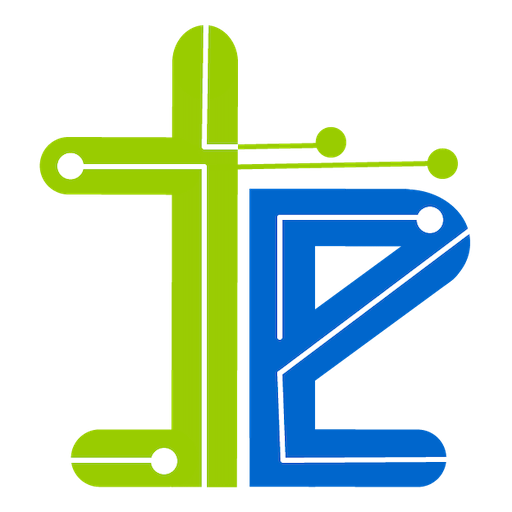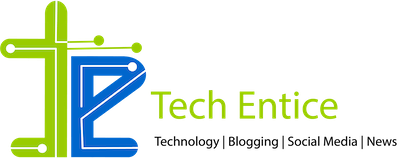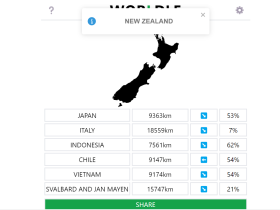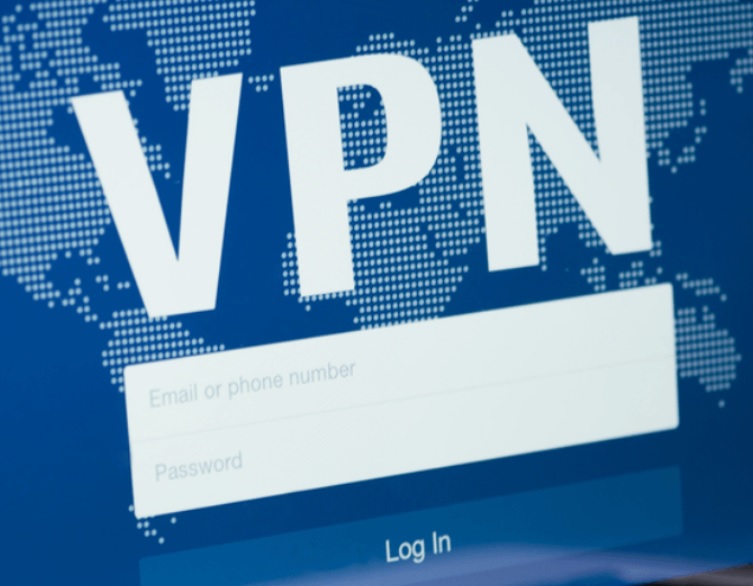
Even at the age of preschool, the child is given the first tablet. Today, every kid at the age of six has the necessary knowledge and skills to use a computer. Not using these technologies in education means slowing down progress. So, now the use of gadgets allows not only ensure the development of the student and to educate him/her correctly and efficiently use IT-technologies for them to write a resume and get awesome job. The use of gadgets makes the lesson vivid and visual. The teacher conveys information to the audience in a shorter time using more accessible methods and also it helps proofread their assignments.
The experts from EduQuickie Edtech software is a modern trend in education. The modern phenomenon of Edtech is the introduction of non-standard technologies and solutions in the field of education. Over the past 20 years, it has been a worldwide practice, but only recently, programming, as well as reading, writing, and mathematics, has become a mandatory package of skills. Edtech is a multi-billion dollar trending industry with a growing software market. The total cost of software for the Edtech sector today is $ 8 billion. Sounds impressive, doesn’t it?
What companies have contributed to edtech software design?
The leading companies that have developed functional edtech applications and software to control the skills of kids are the following:
- Houghton Mifflin Harcourt (Boston)
The company has developed iRead – a reading training program. Having mastered the edtech app, each student will learn to read fluently. The software automatically adapts to the strengths and weaknesses of the student and shows what should be emphasized in learning.
- Mind Research Institute (Irwin, CA)
This nonprofit organization has created ST Math, a math learning tool. The edtech program is used by 1.2 million students. The software contributes to a deep understanding of mathematical laws, rather than the usual memorization.
- Lexia (Concord, Massachusetts)
The CORE5 edtech platform evaluates reading skills in primary school students. The software tool has adaptive blocks focused on correct pronunciation and reading comprehension.
4. Amplify (New York)
Amplify is designed to measure reading skills, literacy, and basic knowledge of Math. Thanks to the course, you’re going to receive all the necessary skills.
- Flocabulary (Brooklyn, New York)
Flocabulary is used to learn new words from video content – tutorials. The program has a user-friendly interface and is designed so that you watch what is happening on the screen with interest. All words are presented in the form of hip-hop songs.
- Enuma (Berkeley, CA)
Enuma’s Todo Math software contains over 40 multi-level math games in which students get grades when giving the correct answers. Todo Math has a special font for people with dyslexia and an adaptive tool using which one is able to develop fine motor skills.
In today’s world, technology is changing everything from household solutions to finance and national security. And if earlier the children in the first class played the usual designer and built houses of blocks, now the role of such “blocks” is played by programming languages. From the earliest years, the child has access to simple ways of developing algorithmic thinking. Another interesting trend is the emergence of inclusive applications designed to make the process of studying programming easier (children with autism spectrum disorders can use it). Such software applications include the Bluemix Content Clarifier.
Over the past decade, programming for children has become more than just a school elective. In many countries, it is a full-fledged subject. In the USA, 40 million students study the basics of programming. Experts believe that the development of algorithmic thinking skills from an early age is directly related to the success of the child in the future. The ability to think logically, to solve complex problems laid down in childhood, is useful to any adult.
10 programs you should use to boost the effectiveness of the educational process
- TED-Ed. More than 250 thousand teachers use this tool to find interesting content for students.
- Duolingo. It’s one of the most popular platforms for learning foreign languages in the world. An independent study by the universities of the City University of New York and the University of South Carolina confirmed that 34 hours of study with Duolingo are approximately equal to the semester of study at the university.
- Draw and Tell. This edtech application meets the needs of kids of all ages, developing creative skills and helping to more clearly illustrate their story or composition.
- Animoto. With Animoto edtech, you’ve got a chance to create interesting video content. The application allows you to choose a theme, music, images, video, add text and creates video content in a few minutes. You can share it using social networks, YouTube or add to the student’s portfolio.
- iMovie. It’s another popular edtech video-creating software application that can be useful to students working in groups for creating projects, presentations, and other content.
- Instructables. It’s an edtech site where you can find more than 100 thousand instructions for scientific experiments and projects that you can do by yourself. If the students themselves create something rather unusual and original, they can also share their ideas here with other users.
- Hopscotch. Hopscotch edtech allows to better understand edtech software programming principles by inventing and creating their own computer games.
- Explain everything. In fact, the program is an interactive whiteboard, which may act as an auxiliary tool in explaining the material.
- Educreations. Another video tool to help you better understand information. Creating videos, teachers are able to independently record their voice using gadgets, add graphics, images, and share them on Facebook, Twitter, YouTube.
- Schoology. The program content is similar to Facebook, but with a bias in the school process. Teachers use the program to create a class page where they have an opportunity to share homework, videos, links, and other educational content.
Check all the educational technologies and choose the one with the content, which will boost your productivity. If you need quick results, turn to professional academic helpers who will help to improve grades in a blink of an eye.







Leave a Reply